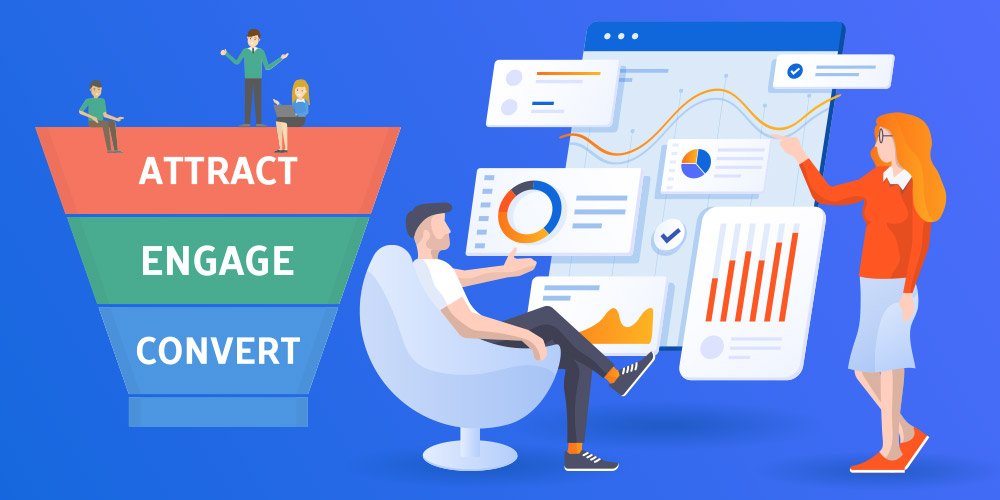Website navigation is frequently considered after pages and content. It has the power to make or break your visitors’ experience. Being dropped in the middle of a complicated maze without a map or reference point is similar to navigating a website without a clear, logical structure.
This is not the kind of user experience you want; it’s perplexing, annoying and just plain unpleasant. There are many reasons why navigation is essential for eCommerce sites.
Navigation helps users find the information they need and helps search engines index your site so potential customers can find you. Good navigation can also help improve your site’s usability, making it easier for people to use.
But it’s easier said than done to design a reliable navigation system. To help users navigate the website, we have developed five strategies. This will enhance what might otherwise be a bad experience.
1. Be Consistent
Consistent navigation improves usability and makes it easier for visitors to find the information they need. Unless it is essential, your site’s navigation changes from page to page, visitors lose their sense of orientation and must constantly reorient themselves.
One way to improve your website navigation is by being consistent. This means using the same navigation elements in the same places on every page of your site.
This will help your visitors know where they are and what they can do on each page, making it easier for them to get around.
Make your navigation elements easy to find and understand and use familiar words and icons that people will recognise.
2. Provide Visual Cues
Providing visual cues is another way to improve website navigation. This means using images and other visual elements to help users understand where they are on the site and what they need to do next.
For example, you may use icons to represent different site sections or use different colours to highlight links to other pages. By providing these visual cues, you can make it easier for users to find their way around your site and get the information they need.
3. Make Navigation Elements Clickable Links
Adding clickable links to your navigation elements can help visitors find what they’re looking for more easily. This can be a great way to improve your site’s usability and keep visitors coming back.
When a user clicks on a link, the website will open in a new tab or window. This can be helpful when there are many pages on the website and users want to find the information they are looking for quickly.
4. Use Clear Navigation Titles
Want a surefire way to improve your site’s navigation? This can be achieved by using clear and concise navigation titles.
For example, if you have a website about cars, then your navigation titles could be “Cars”, “Brands”, “Models”, “Features”, etc.
5. Take Note of the Competitor’s Site
A quick and efficient way to assess a website’s navigation is to visit a rival’s site. As you go, make notes about the things you like and dislike. Make a list of any problems you have and any positive experiences. Afterwards, go back to your website and go through the navigation and note-taking steps.
Examine the notes on the sites to see if anything can be done to make navigation easier. You will undoubtedly discover both areas where your navigation is excellent and those where it is lacking.
Conclusion
It is important to remember that your website’s navigation is essential to ensure that users have a positive experience when using your website. By following the tips above, you can help improve your website’s navigation and make it more user-friendly.
If you have an eCommerce website design with confusing navigation and want to improve it, Lethal is here at your service! With highly visual product offerings and simple website navigation, you’ll be able to close the deal with your customers 24 hours a day, seven days a week, without putting in any effort. Contact us now!





